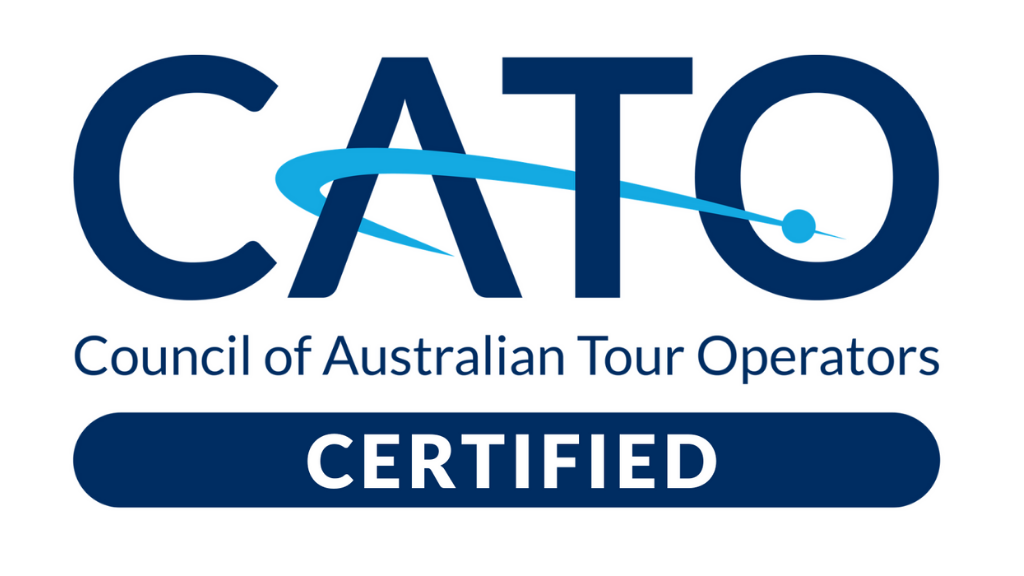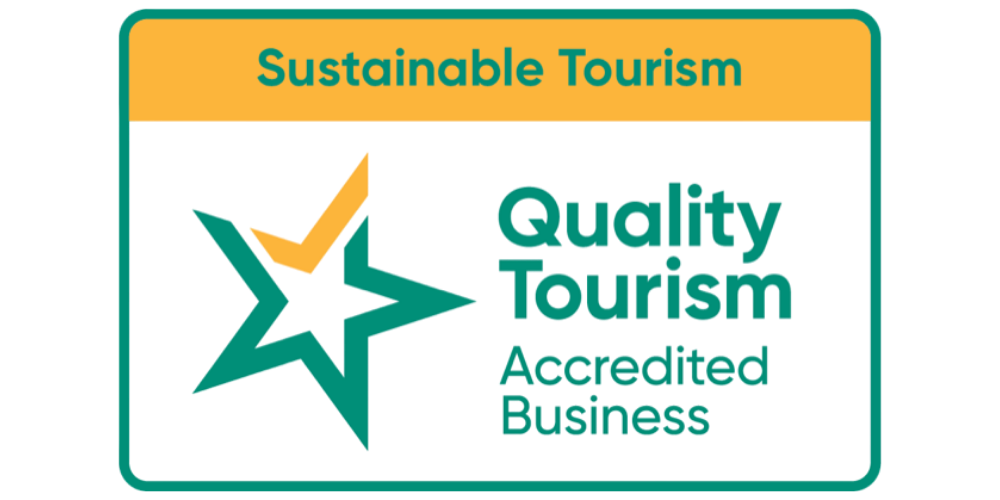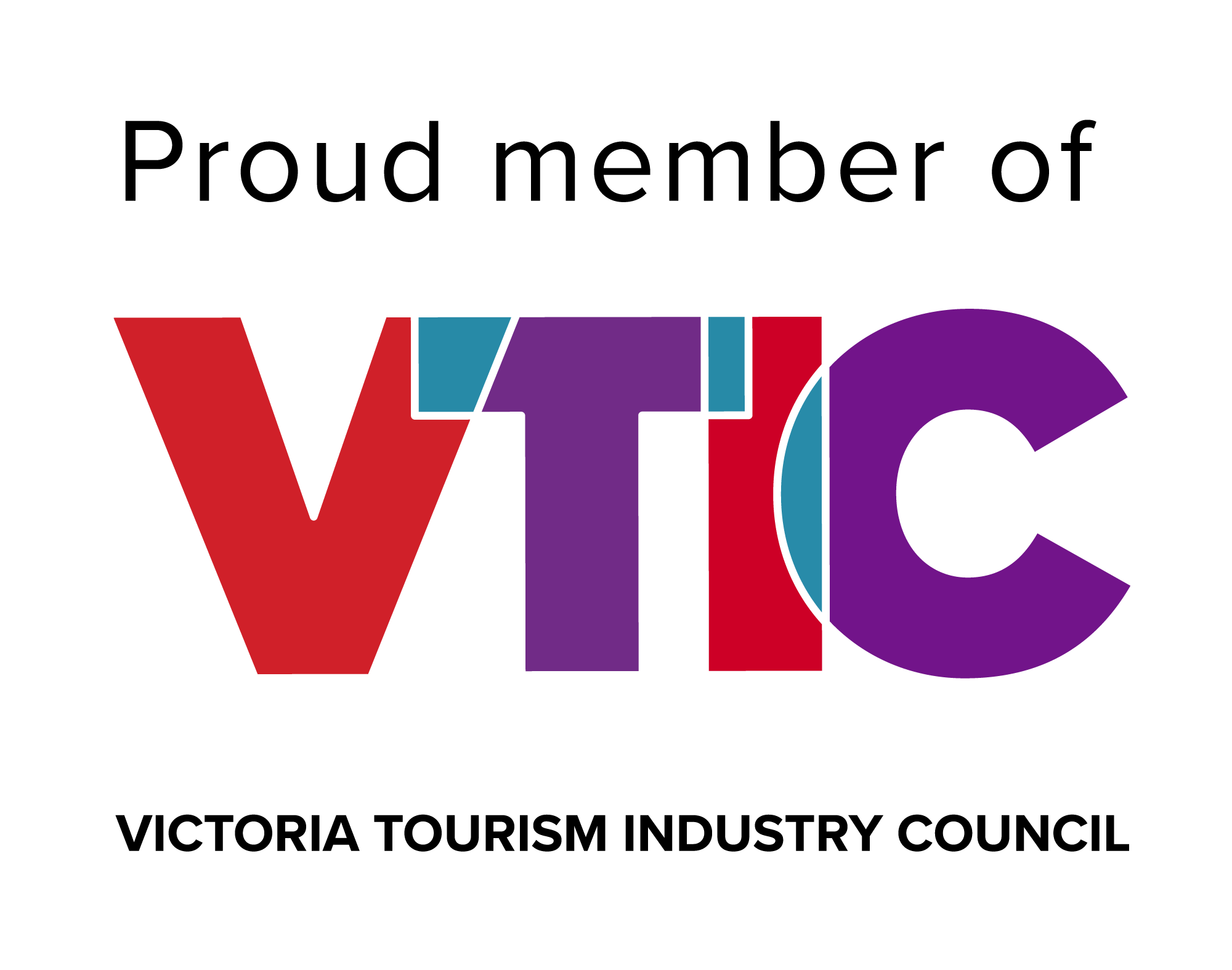Vietnam in 2 Weeks (North→South): Exact Route + The 90-Day e-Visa Made Simple
Lantern-lit alleys in Hoi An, limestone towers in Ha Long, café-hopping in Hanoi, scooters swirling around Saigon—Vietnam does “variety” better than a tasting menu. Here’s a clean, reliable two-week plan with a simple visa explainer so you can focus on the pho, not the paperwork.
If you’d rather have the logistics handled, check dates for Icons of Vietnam. Or browse All Tours.
Quick Answer
-
Ideal 14-day flow: Hanoi → Ninh Binh → Ha Long Bay → Hue → Hoi An (Da Nang) → Ho Chi Minh City → Mekong
-
Best months overall: Feb–Apr and Oct–Dec (comfortable temps, lower rain across most regions)
-
Visa basics: Vietnam offers a 90-day e-Visa (single or multiple entry) for many nationalities—apply online before you fly; print or save the approval.
-
Transport rhythm: Trains for scenic legs (Hue⇄Da Nang), flights for long hops (Hanoi→Hue/Da Nang; Da Nang→HCMC), day boats for Ha Long, guided day trips for the Mekong.

Why North→South Works (and not the other way around)
Starting in Hanoi sets the tone with history and food, stepping into karst country at Ninh Binh, then the classic Ha Long cruise. Central Vietnam layers in imperial Hue and photogenic Hoi An. Finish with big-city energy in Ho Chi Minh City and a Mekong exhale. It’s the smoothest gradient from cool mornings to tropical evenings.
The 14-Day Route (plug-and-play)
Days 1–3 — Hanoi
Old Quarter wanders, egg coffee trials, and a street-food tour to calibrate taste buds. Add time at the Temple of Literature and the Ethnology Museum for context.
Day 4 — Ninh Binh (Tam Coc/Trang An)
Rice paddies, karst cliffs, gentle river sampans. Short hikes to pagoda viewpoints. Overnight nearby or return to Hanoi.
Days 5–6 — Ha Long Bay (or Lan Ha Bay)
Overnight cruise for the full sunrise-on-limestone effect. Kayak, cave, float, repeat.
Day 7 — Hue
Citadel and tombs by bike or cyclo. Don’t skip bun bo Hue—spicy, soulful.
Days 8–10 — Hoi An (via the Hai Van Pass)
Cross the pass (train or car). In Hoi An: lantern lanes, tailors, An Bang beach, early-morning market. Take a cooking class or cycle to Tra Que village.
Days 11–13 — Ho Chi Minh City (Saigon)
War Remnants Museum, French-era architecture, rooftop sunsets, coffee culture 2.0. Day 12 or 13: Mekong Delta day trip (quiet canals > large tourist boats if possible).
Day 14 — Departure
A last bowl of pho. Promise to return. Mean it.
Guided option: Prefer a small-group version with dates and transfers sorted? See Icons of Vietnam.
When to Go (region by region)
-
North (Hanoi, Ninh Binh, Ha Long): Cooler/drier Oct–Apr; cold snaps possible Dec–Feb. Late spring/early autumn = gentler crowds.
-
Centre (Hue, Hoi An/Da Nang): Feb–Aug is the win; late Sep–Nov can bring rain/wind.
-
South (HCMC, Mekong): Warm year-round; Dec–Apr is drier, May–Nov more humid with short showers.
Short version: For a north→south run, Feb–Apr and Oct–Dec balance things nicely.
The 90-Day e-Visa (simple, not scary)
-
Who: Many nationalities are eligible (check your passport).
-
What: Single- or multiple-entry e-Visa up to 90 days.
-
How: Apply online in advance; upload passport details and photo; pay the fee.
-
Bring: Printed/saved approval + the exact entry/exit points you listed.
-
Bonus: If adding a side trip (e.g., Cambodia) mid-way, choose multiple entry to slide back into Vietnam cleanly.
(Policies can change—always confirm details against official guidance before booking flights.)

Transport Cheat Sheet
-
Flights: Long jumps (Hanoi→Hue/Da Nang; Da Nang→HCMC) keep the pace smooth.
-
Trains: The Hai Van Pass stretch (Hue⇄Da Nang) is mood + views; book seats with windows.
-
Transfers: Private shuttles or shared vans help between Hoi An and Da Nang.
-
Boats: Overnight in Ha Long/Lan Ha > day trip for most travellers.
-
Mekong: Opt for smaller-group canals; it feels like a story, not a school excursion.
What to Pack (heat-smart, rain-ready)
-
Clothing: Light, breathable layers; something modest for temples; a legit rain shell in central season.
-
Footwear: Walkable trainers or light hikers; sandals for beach days.
-
Health: Electrolytes, basic meds, sun protection, insect repellent.
-
Connectivity: eSIM or local SIM; offline maps.
-
Money: Cards widely accepted in cities; keep cash for markets and small stops.
Etiquette & Easy Wins
-
Crossing streets: Smooth pace, no sudden sprints—scooters flow around you like polite fish.
-
Temple visits: Shoulders/knees covered; move calmly, speak softly.
-
Coffee culture: Try ca phe den (black) or ca phe sua (condensed milk). Pace yourself—these brews have opinions.
-
Plastic-light travel: Refillable bottle; say yes to refills at cafés/hotels.
FAQs
Is 10–12 days enough?
Yes—trim Ninh Binh or Hue if time is tight, but keep Hoi An and either Ha Long or the Mekong.
North→South or South→North?
Either works; North→South often feels like a narrative: cool mornings → warm evenings.
Do I need malaria tablets?
Most itineraries don’t. Check official guidance for your route and season.
Can I add Sapa or Phong Nha?
Sure—add 2–3 days. If the schedule is fixed, protect sleep instead of shoehorning miles.
Street food safe?
Choose busy stalls, food cooked hot to order, and bottled/filtered water. Your taste buds will thank you.
Ready to make it real?
Lock in dates for Icons of Vietnam or keep exploring All Tours. Either way, the lanterns of Hoi An aren’t going to admire themselves.




